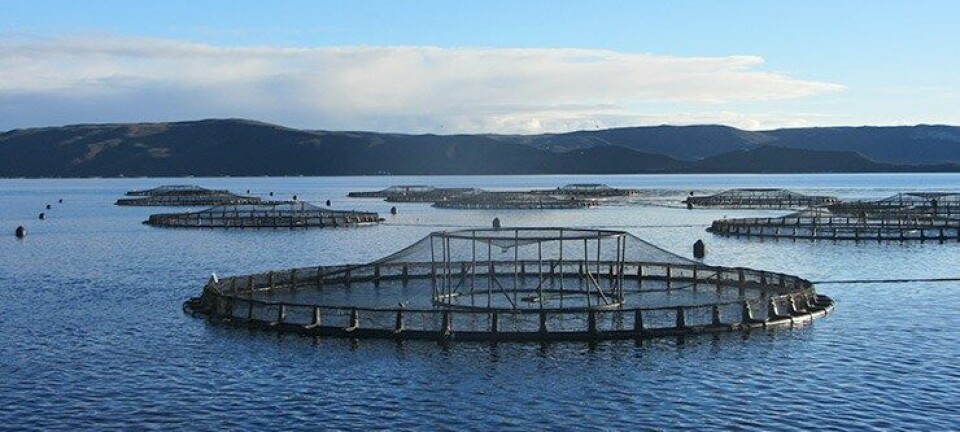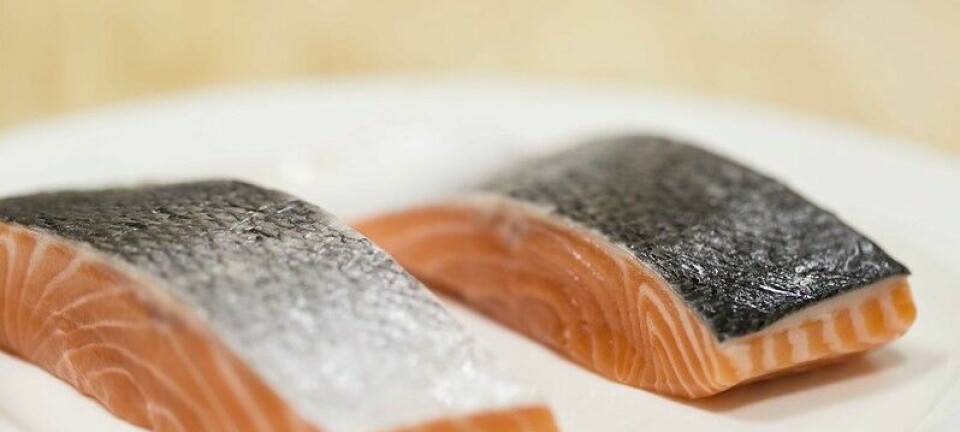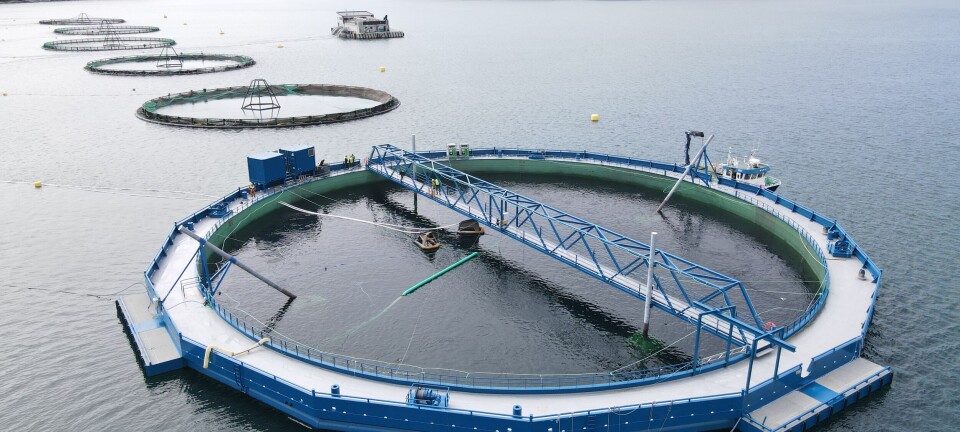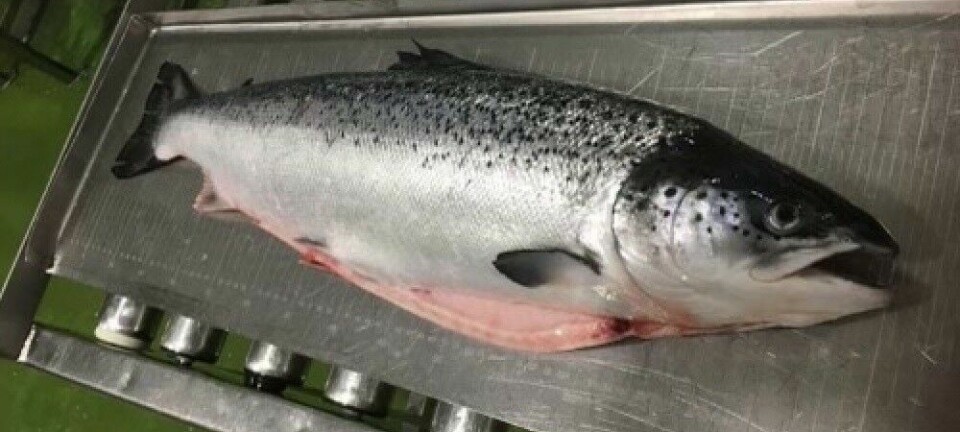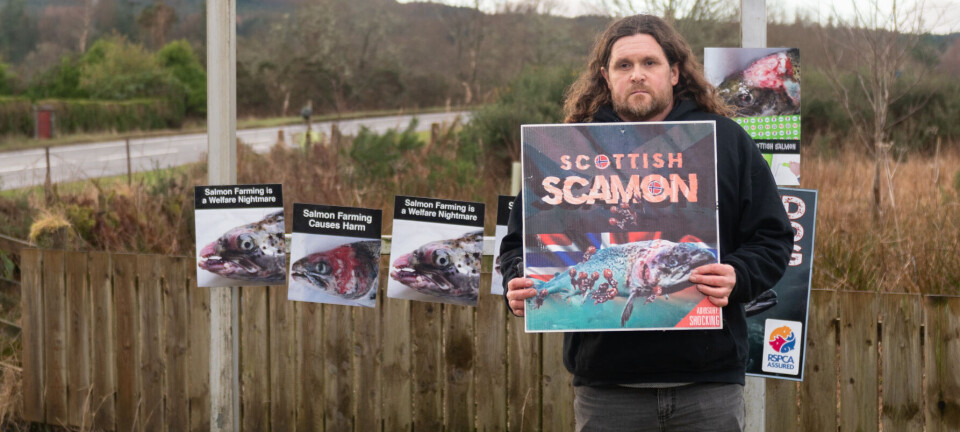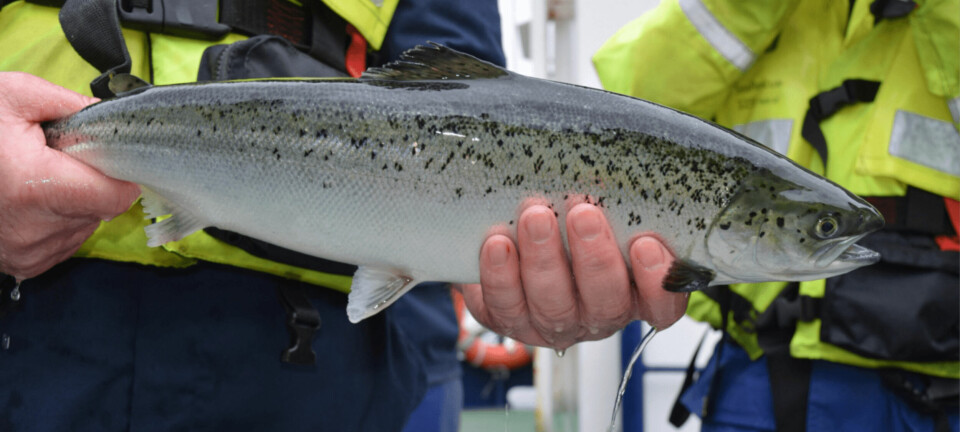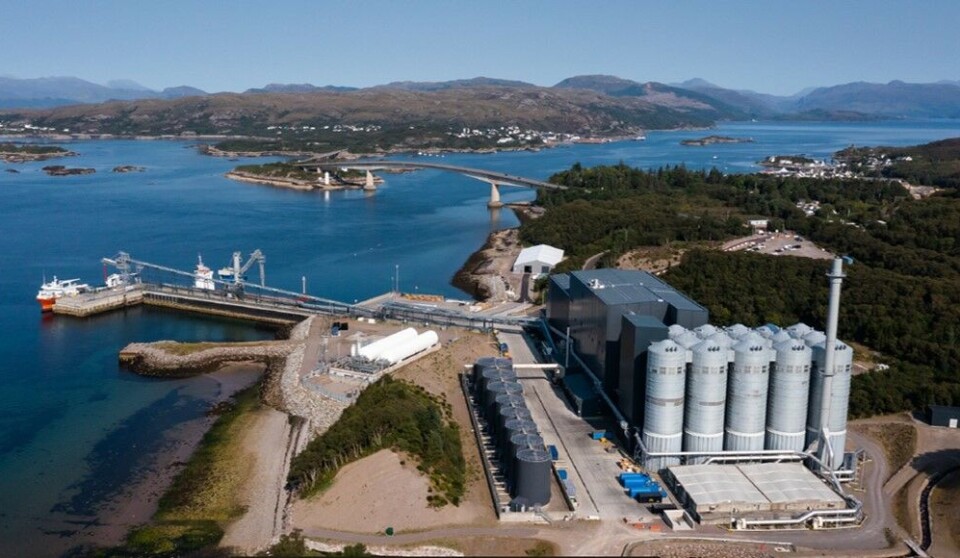
Mowi feed plants earn ASC certification
Kyleakin and Valsneset approved ahead of rule change later this year
Salmon farmer Mowi’s fish feed plants in Kyleakin on Skye in Scotland and Valsneset in central-western Norway have acheived Aquaculture Stewardship Council (ASC) certification.
ASC, regarded as one of the toughest fish farming standards to meet, is Mowi’s preferred certification programme for its farms. From October 31, ASC certified farms will have to source their feed supply from feed mills that are certified against the ASC Feed Standard to retain their certification.
ASC certification of the feed mills at Kyleakin and Valsneset ensures that Mowi’s ASC certified farms in Scotland, the Faroes, and Norway won't fall foul of the new rule.
Mowi Scotland has 25 ASC farm certifications including five multisite certifications encompassing 24 sites, adding up to 44 sites in total. Mowi has 98 ASC sites in Norway, and two in the Faroes.
Teamwork
“The certification process has been achieved through comprehensive teamwork,” said Marit Engelstad, quality manager supply chain for Mowi Feed. “We have been working systemically following our plan for the last two years. In this process we have developed an even stronger feed organisation and seen the advantage of working as ‘OneFeed’ sharing experience and best practice.”
Catarina Martins, Mowi’s chief sustainability and technology officer, said the certifications were an important milestone in line with the company's sustainability strategy. "Mowi’s certification strategy is to have 100% of our harvested yearly volumes certified with a GSSI (Global Sustainability Seafood Initiative) recognised standard, either ASC, BAP (Best Aquaculture Practices) or Global GAP (Good Agricultural Practice). Achieving the ASC certification at our feed plants is important to maintain the ASC certification at our European farming sites.”
System tools
Mowi said ASC certification sets high demands on supplier and raw material management, and that the company had benefited from its system tools, including M3 (ERP), Kodiak (supplier management) and TQM (quality management). It added that without this robust supplier management system in place, the ASC certification process would have been almost impossible.
Further development, improvement and simplification will be focus areas going forward, and reducing manual reporting is an important part of that plan.
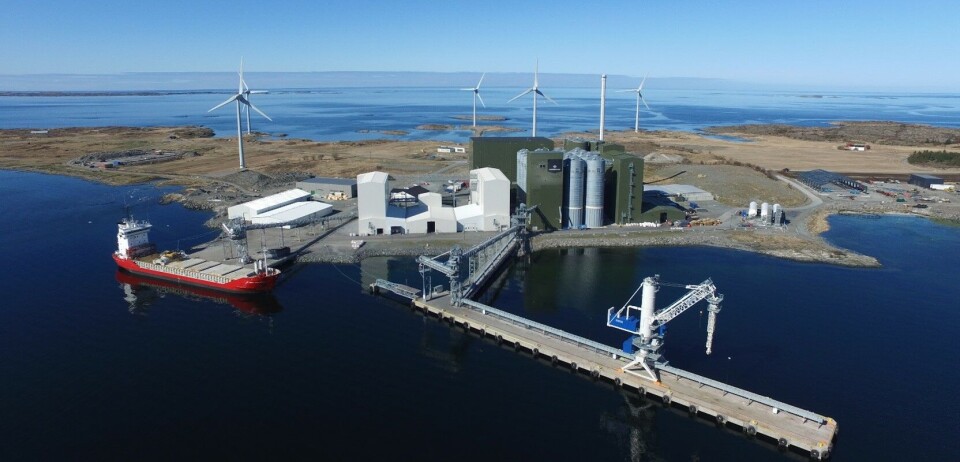
Risk-assessed ingredients
According to the ASC, its Feed Standard contributes to more responsible seafood farming practices globally by making sure every feed ingredient is risk assessed for impacts on people and the planet, and best practices in feed supply chains are recognised.
ASC certified feed mills must record and report their energy use and greenhouse gas (GHG) emissions, and set targets to improve energy efficiency, use of renewables and water.
Transparent due diligence reporting is required on all ingredient supply chains above 1% inclusion. Ingredient suppliers must also be risk assessed to ensure they are complying with environmental regulation and monitoring their operational impacts.
Labour rights
The Feed Standard addresses requirements on labour rights, working conditions, community relations and other social criteria. This is audited at the feed mill and included within a supplier code of conduct.
Due diligence is required to ensure ingredient supply chains are low risk for forced and child labour, as well as other labour rights. The ASC says this is critical as 70% of the estimated 160 million child labourers in the world, and 11% of the 16 million people estimated to be in forced labour, work in agriculture and fisheries.
The ASC’s improvement model, in conjunction with the MarinTrust and Marine Stewardship Council (MSC), requires whole marine ingredients to be increasingly sourced from responsibly managed fisheries.
Deforestation
ASC said its certified feed mills are also committed to transitioning towards a deforestation and land conversion free supply chain.
Mills must either source soy, palm oil and plant ingredients from low-risk supply chains or have a public commitment to achieve low risk with an action plan, milestones and target date.
